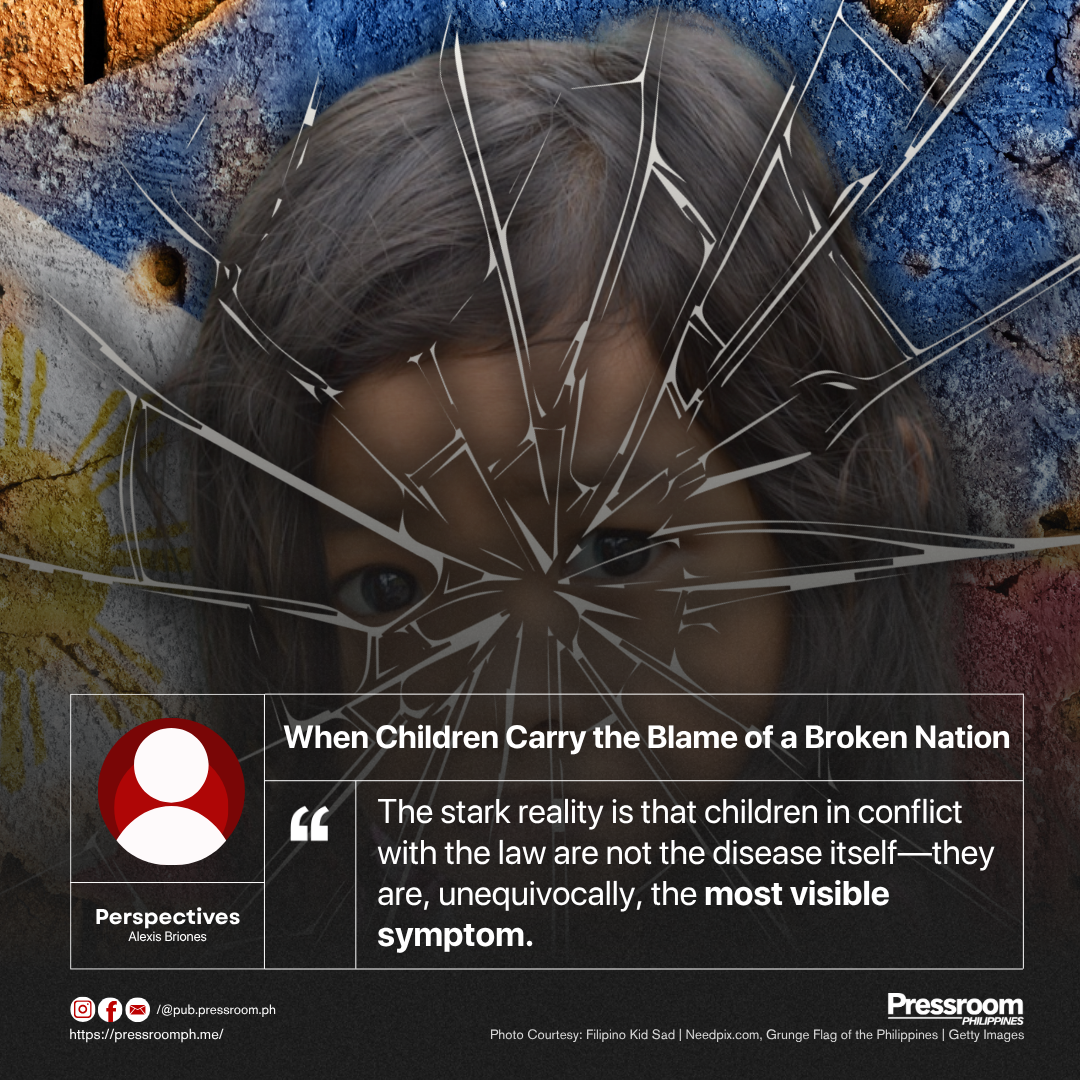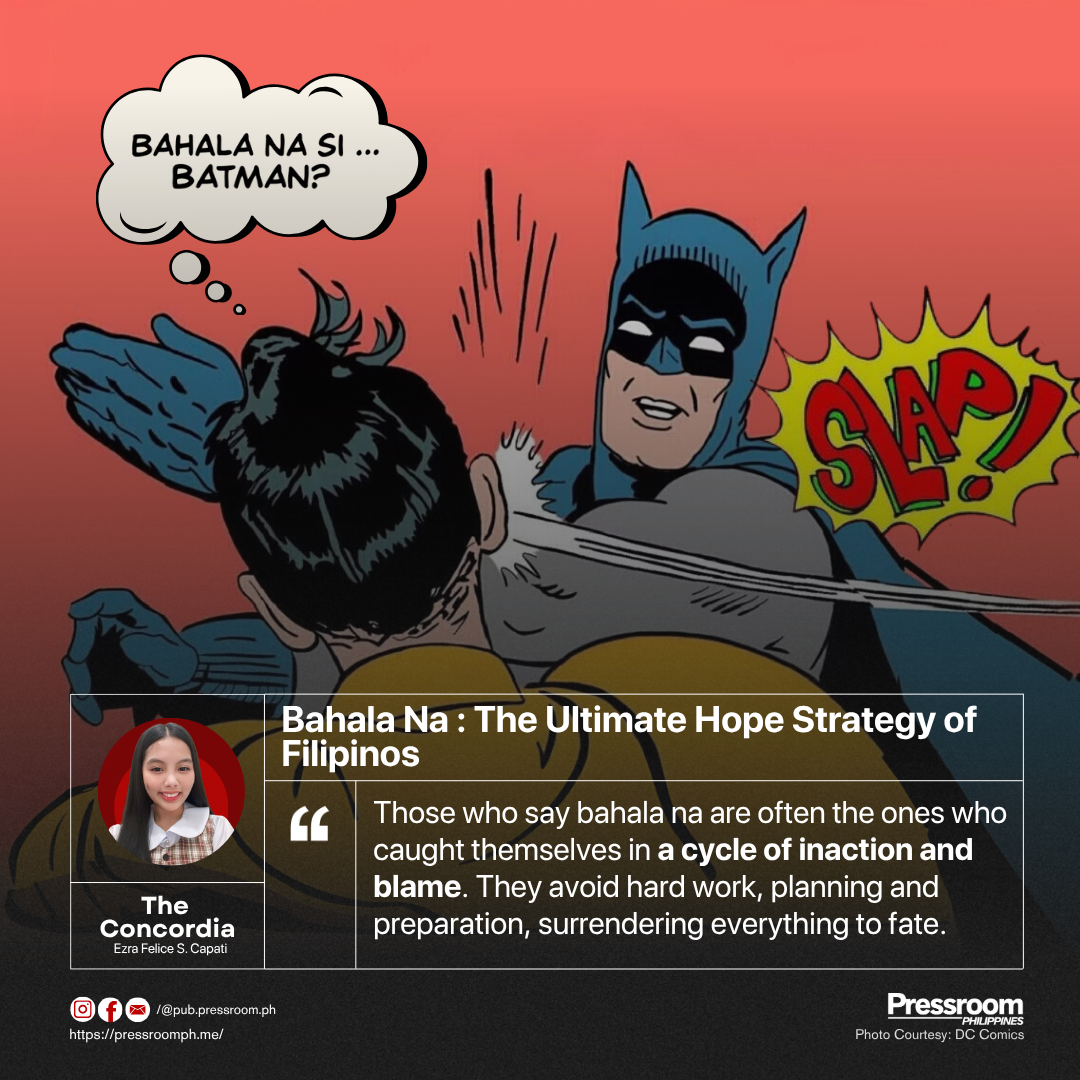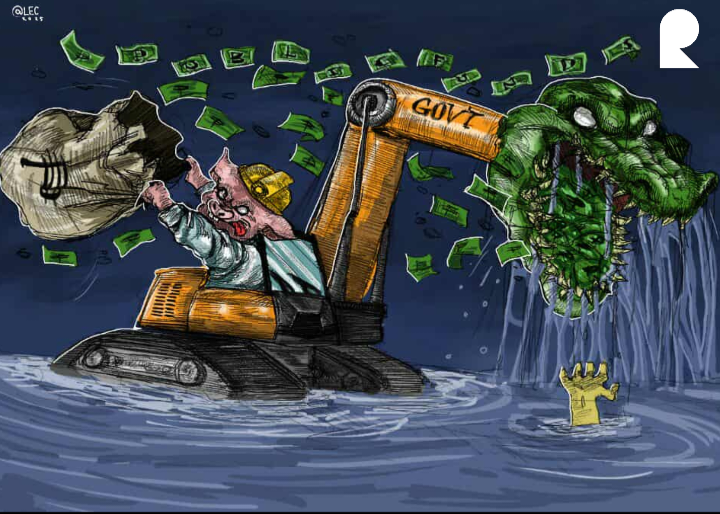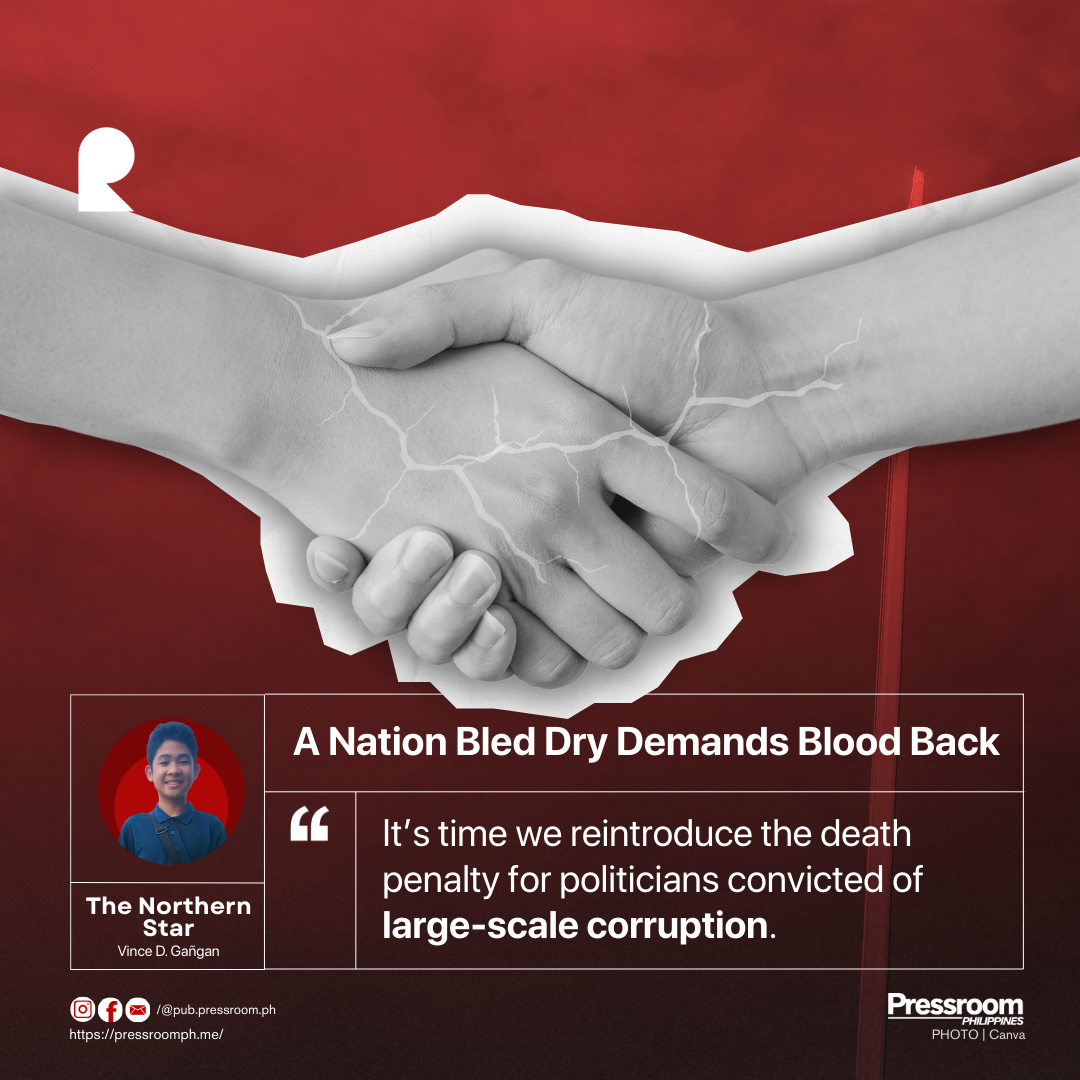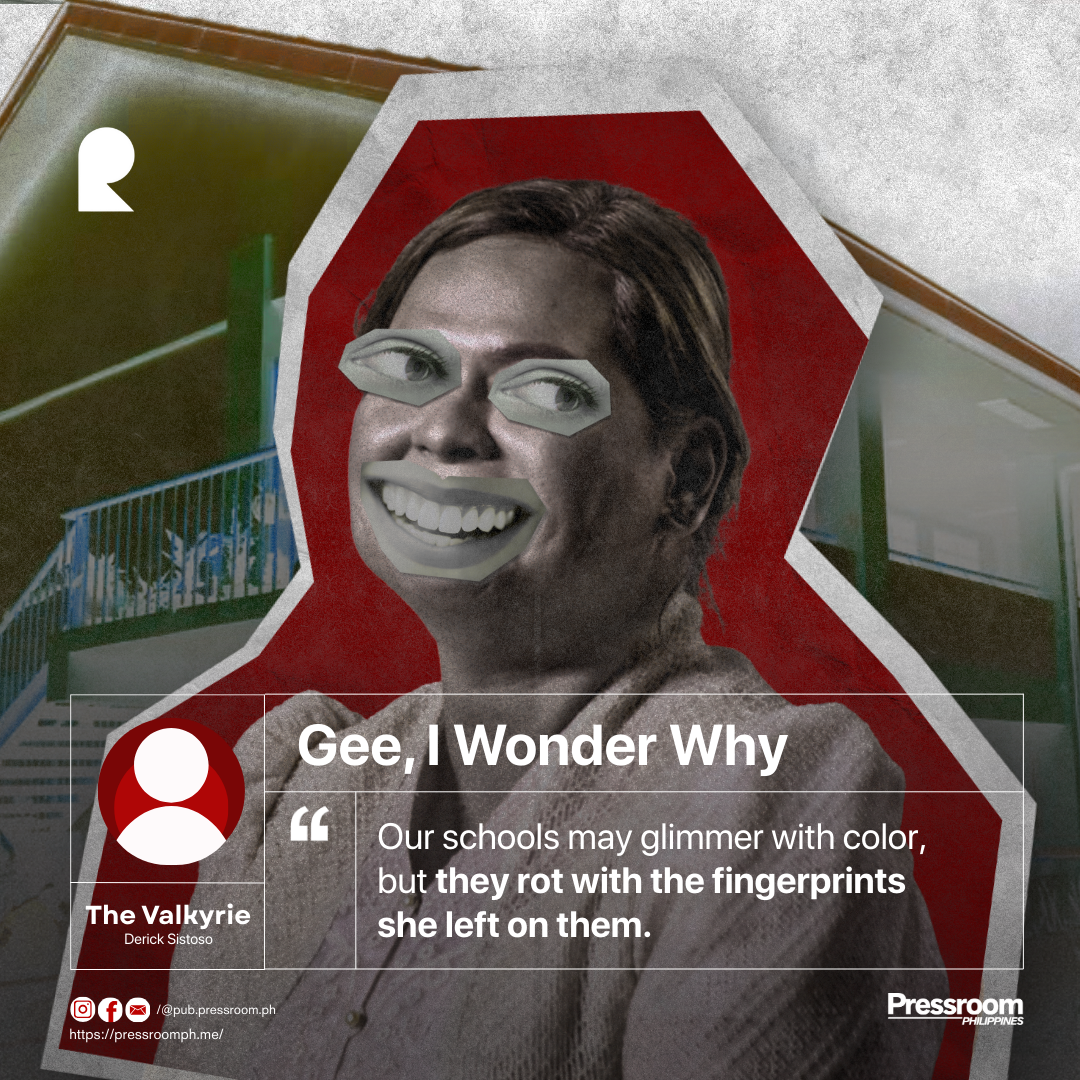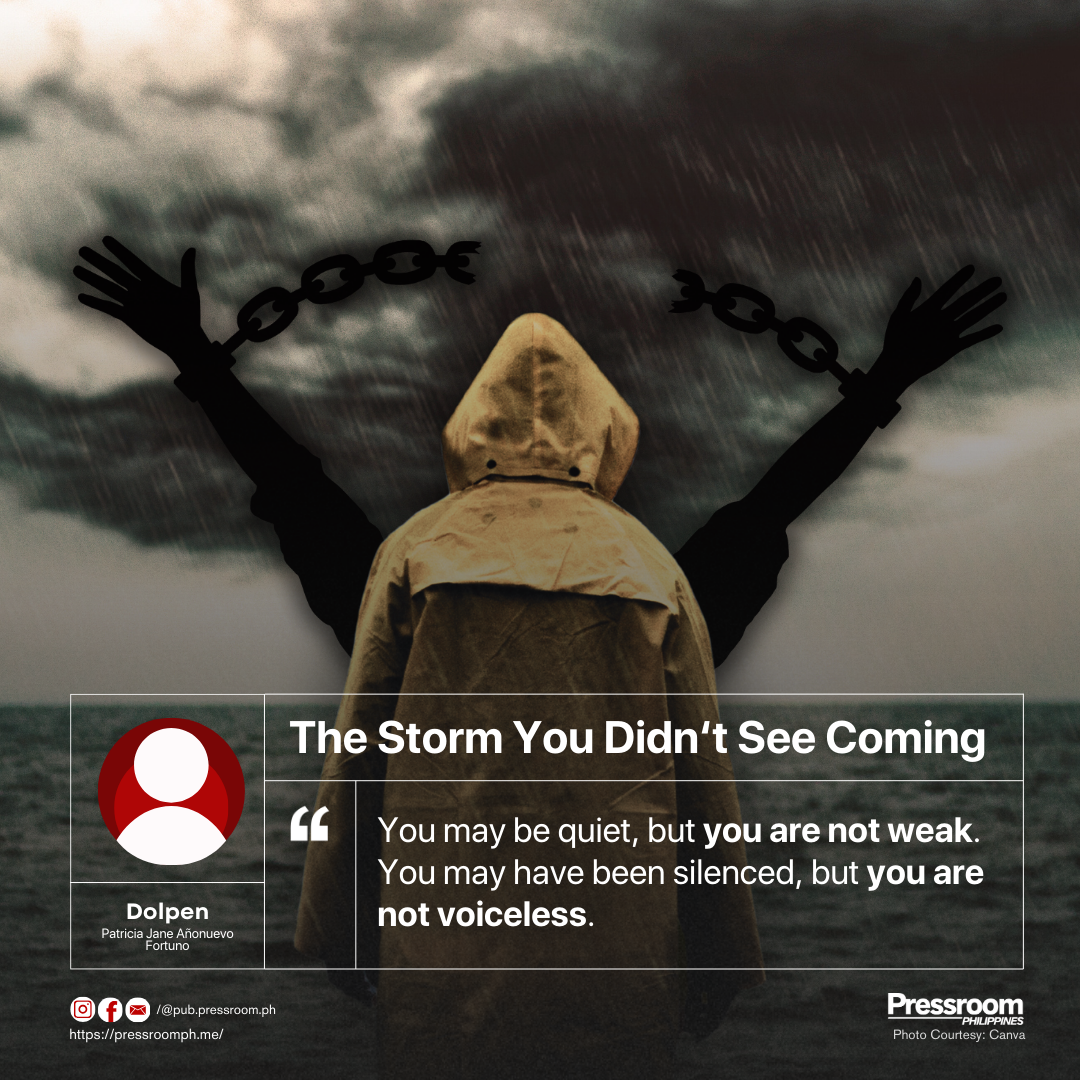Why is it easier to arrest a child than to confront the systems that failed them?
Every time a headline reads “Child Arrested for Theft” or “Minor Caught in Drug Operations,” we witness a distressing cycle: a child in handcuffs, eyes blurred in pixelation, their name withheld — yet their humanity fully exposed to public scrutiny. The reaction is swift and often severe: “Wala nang pag-asa ang kabataan ngayon,” a common lament echoing through our communities. The child, just a child, becomes the face of crime, the symbol of decline, the undeserving scapegoat of a collapsing society.
Rarely do we pause to ask: Who truly created the world this child was forced to navigate?
In 2006, the Philippines enacted the Juvenile Justice and Welfare Act (JJWA), a progressive and well-intended law designed to protect minors from unjust punishment and guide them toward rehabilitation rather than incarceration. But noble laws, no matter how visionary, remain hollow without the resources to uphold them. Many of our Bahay Pag-asa (Houses of Hope) and other rehabilitation centers still critically lack trained professionals, adequate funding, and proper facilities. It isn’t that the law itself is flawed—it’s that, as a society, we often fail to invest sufficiently in its full and compassionate implementation.
Herein lies the profound irony: we blame children for becoming entangled in criminal acts, yet we often ignore the myriad adults who surround them as enablers, exploiters, or simply indifferent bystanders. Who turned a blind eye when they dropped out of school? Who shrugged off the alarming signs of abuse or addiction within their homes? Who perpetuated an economy where stealing might become a desperate means of survival?
The stark reality is that children in conflict with the law are not the disease itself—they are, unequivocally, the most visible symptom.
They stand as living proof of the deep-seated social rot we refuse to adequately address: pervasive poverty, cycles of violence at home, profound lack of educational access, fractured families, and communities struggling with corruption and neglect. And yet, we continue to act as if handcuffs are a stronger solution than holistic healing, as if punishing a child can magically reverse years of adult indifference and systemic neglect.
If a 14-year-old commits a crime, do we truly investigate what relentless pressures pushed him there? Did he grow up perpetually hungry? Did his parents disappear into the abyss of addiction, or did he witness death and despair before he ever learned how to spell hope? Was he cunningly recruited by criminal syndicates who understood the law would treat him more leniently? And most agonizingly—did he ever truly have a fair chance at life?
It’s always easier to jail a boy than to hold an absent father accountable.
Easier to shame a girl than to confront a system that let her grow up motherless and potentially victimized.
Easier to write off a child’s future than to collectively rewrite the future for all children.
When we reduce children to their worst mistakes, we deny them the very essence of what makes them children: their inherent capacity for growth, redemption, and change.
We must stop treating them like villains in a tragic story we, as a society, largely wrote. Because while we tell ourselves that they deserve the punishment, deep down, if we are honest, we know—they rarely had a fair beginning.
The question isn't whether these children deserve a second chance. The real, urgent question is: why didn’t we give them a meaningful first one?
